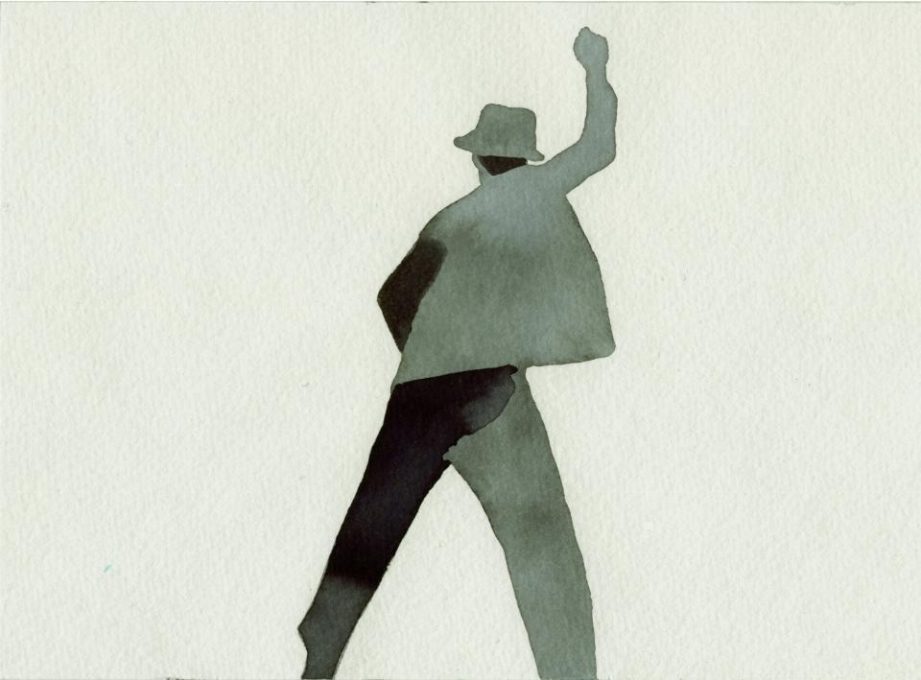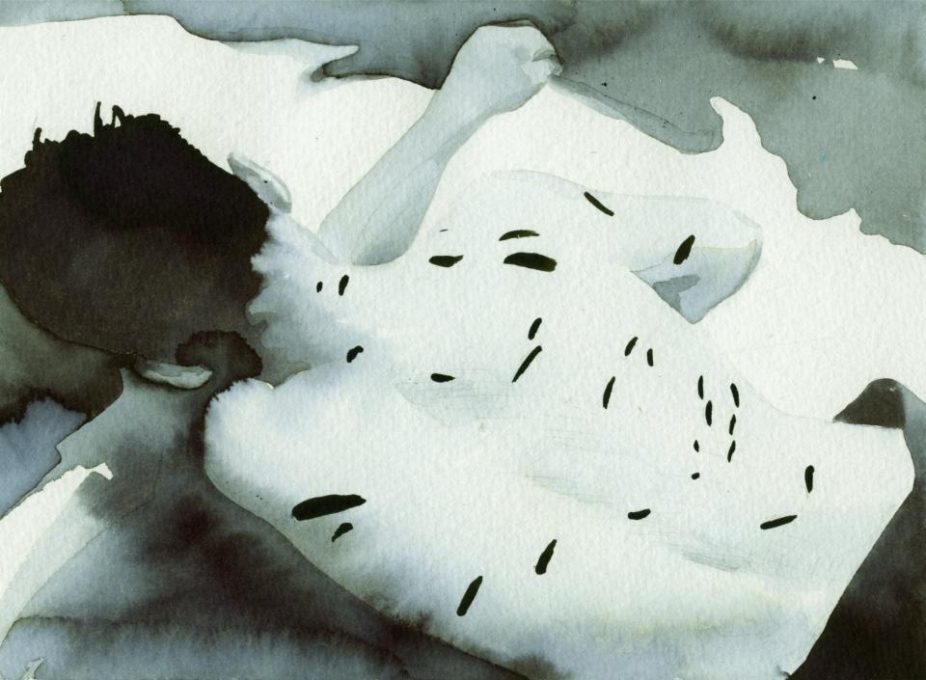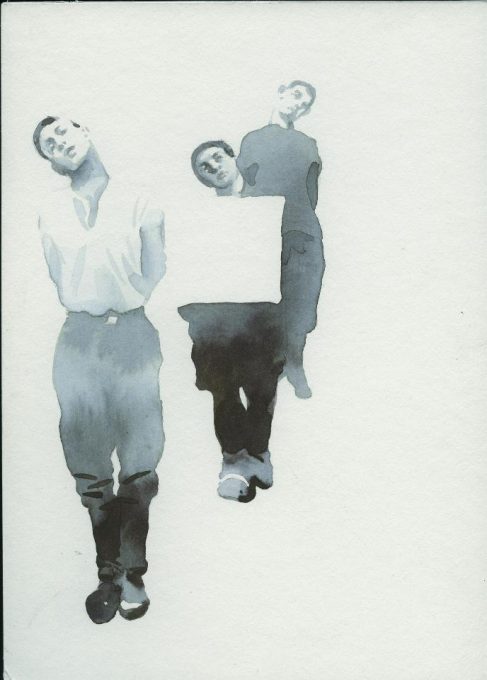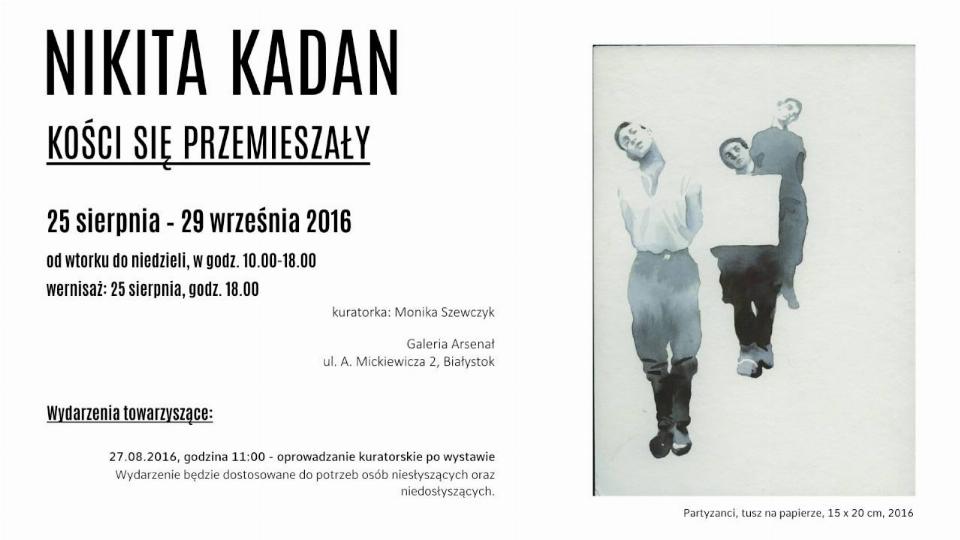NIKITA KADAN. The Bones mixed together
While Nikita Kadan’s exhibition is a commentary on the Ukrainian situation, it is also universal in nature. Given the ubiquitous global tensions, it seems particularly current and important today. Maidan has become a point of departure for the intellectual communities’ debate concerning Ukraine’s future as well as her past. Thus, artists frequently address topics such as coming to terms with the communist past, appeasing national traumas and conflicts, and settling accounts for wrongs and pain inflicted.
Mixed bones are the earthly remains of murderers and their victims on both sides of the barricade, and separating them is an impossibility – in a simile, it is impossible to have a separate “national” historical memory free of ideology-rooted constructs. Images of victims remain the subject of numerous propaganda manipulations, wherein truth is always on “our” side, even upon having been actually revealed. The exhibition reflects contemporary “memory wars”, Ukrainian-Polish wars included. It further points to paradoxes of Ukrainian politics of memory in the context of Russian annexation of Crimea, the war in the eastern part of the country, and the new “de-communisation policy”.
The purpose of the exhibition is to offer a suggestion that history should always be viewed directly – without exception – and never through the protective looking-glass of an ideologically founded mythology.
[1]R.E.P. – Revolutionary Experimental Space. A Ukrainian artistic group, members including Lesia Khomenko, Kseniya Hnylytska, Nikita Kadan, Zhanna Kadyrova, Volodymyr Kuznetsov, and Lada Nakonechna. Established during the Orange Revolution of 2004. All projects of the group are co-authored. A book summarising ten years of the group’s work was published recently: R.E.P. Revolutionary Experimental Space,The Green Box, Berlin 2015.
[2]HudRada – abbreviation of “Hudozhnaya Rada” or “artistic council”. A curatorship group, self-teaching community, debate club, and experimental space, members including artists active in contemporary art, architecture, literature, translation, curatorship, and other fields. Projects include ambitious exhibitions focusing on social and public life, i.e. The Working Exhibition, The Judicial Experiment, The Referendum on Leaving Humankind. The name is a reference to a Soviet institution charged i.a. with approving works for public display.
From the artist:
Works on the Bones Mixed Together exhibition began with a story told and a story heard[i]: here we have a location of mass burial for repression victims. Archaeological excavation works are underway, special committees arriving from different countries to find “their own people”. Even material evidence is discovered in the ditch: documents found, some victims of terror actually identified. Yet the bones have been mixed, there is no way anyone can identify “their own people”. Here we have contaminated history in conflict with national form.
Nikita Kadan
[i] I thank Anka Łazar for the story.
Curator: Monika Szewczyk
PLAN YOUR VISIT
Opening times:
Thuesday – Sunday
10:00-18:00
Last admission
to exhibition is at:
17.30



